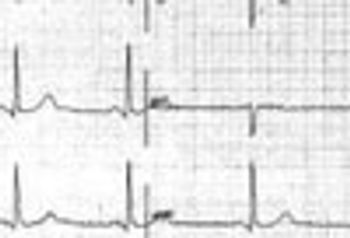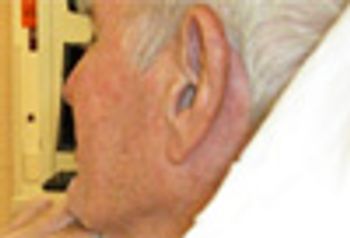
Sodium levels are known to be elevated inside the brain stem, cerebellum, and temporal poles early in the course of MS. This study showed total sodium concentrations to be significantly increased in advanced disease-particularly in normal-appearing brain tissues, concomitant with disability.





















































































































































































































































































